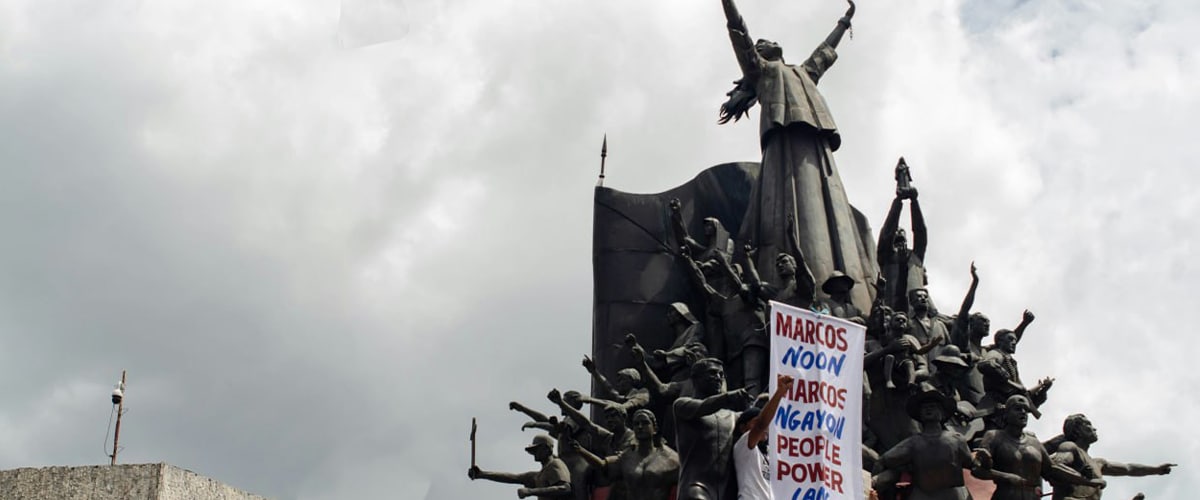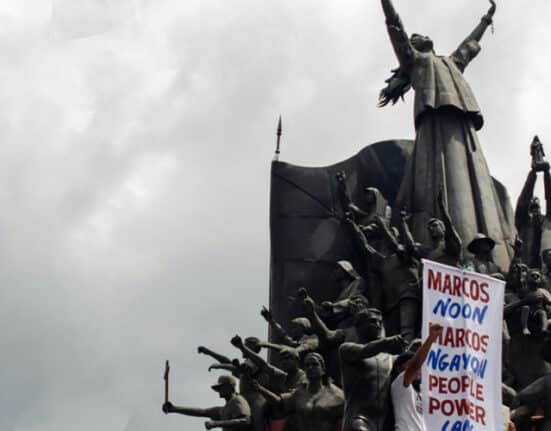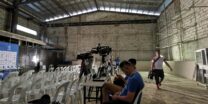IT’S been 38 years since the EDSA People Power Revolution reshaped Philippine history.
The EDSA People Power Revolution from February 22–25, 1986, was a four-day protest that culminated with a change in government and a gradual return to the democratic way of life.
Various commemorative events were held in Manila to mark the occasion, even though February 25, 2024, is not a non-working holiday.
Meanwhile, let’s take a look back at the events that led to this historic moment.
Martial Law
On September 21, 1972, then-President Ferdinand Marcos Sr. placed the nation under Martial Law through Presidential Proclamation 1081, which allowed military authorities to make and enforce regulations.
According to Marcos, the implementation of Martial Law was a response to the growing threat of the communist insurgency. However, it was speculated by many that the implementation of the Martial Law was a move for him to remain in power and to suppress the growing opposition to his rule.
For nine years, the nation had stayed under Martial Law during which numerous cases of human rights abuse along with the arrests of the media and the opposition were recorded.
Martial Law was formally lifted in 1981.
Snap Election
Amid criticism regarding his leadership, Marcos declared in an interview with an American TV program in 1985 that a snap election would be held early next year.
Marcos faced Corazon Aquino, the widow of his assassinated political rival, Benigno Aquino Jr.
Allegations of fraud immediately surfaced following the snap election for president and vice president on February 7, 1986, prompting Aquino to call for civil disobedience, which included the boycotting of institutions associated with Marcos allies.
Marcos, meanwhile, declared victory.
People Power
On February 22, Defense Minister Juan Ponce Enrile, was planning a coup with forces under Colonel Gregorio “Gringo” Honasan heading a squad of rebels to storm Malacañang Palace and arrest Marcos and First Lady Imelda Marcos.
The information was later leaked to Armed Forces of the Philippines Chief of Staff Fabian Ver, which gave him ample time to double the Palace’s security.
Together with Lieutenant General Fidel V. Ramos, Enrile declared their defection from Marcos.
Marcos criticized Enrile and Ramos, but quickly rescheduled his inauguration to take place at Malacañang Palace, where he would be sworn in as president once more. That first night, back at EDSA, about 100,000 people attended a vigil—a figure that would later rise.
Enrile met Ramos on EDSA on February 23. Upon meeting on EDSA, they were surrounded by growing numbers of supporters.
Manila Archbishop Jaime Cardinal Sin also called on the public to express their support for Enrile and Ramos.
Meanwhile, the forces still under Marcos’ command had been mobilized by him and his officials: battalions with heavy weapons were escorted by columns of armored tanks that created barriers along EDSA.
However, the people on EDSA remained defiant.
People came together with music and slogans, made genuine attempts to be kind toward the military, linked arms, recited the rosary, created human barricades, and brought flowers. They also flashed the “Laban sign” from the Aquino campaign.
With Marcos quickly losing support both here and abroad, Aquino was sworn in as president on February 25 along with Salvador Laurel as vice president at the Club Filipino in San Juan.
Marcos left Malacañang and went into exile in Hawaii, where he died in 1989.









